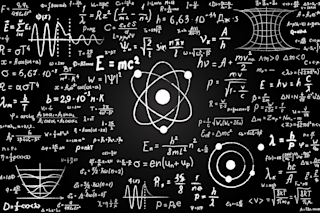What’s in an equation? Letters and numbers and odd symbols — but also a novel insight into the relationships between fundamental constituents of our physical reality. All equations crystallize something important about the universe, whether it be the relationship between mass and energy, the gravitational attraction between two bodies or the sides of a triangle.
The most important part of any equation is the equals sign at its heart. Those two horizontal lines tell us that when we change one thing, we’ll see a corresponding change in another, apparently separate thing. In this way, equations reveal the connections between superficially different quantities or properties. Once linked together, that newly discovered relationship can serve as the basis for future insights.
To pick the most important equations is an almost hopeless task. The importance of any given relationship will differ greatly depending on the context. If you are falling out of an ...














